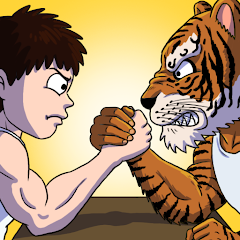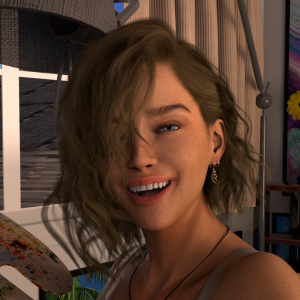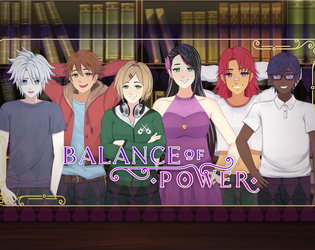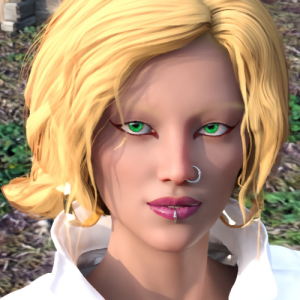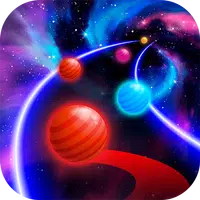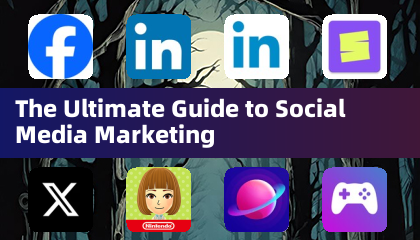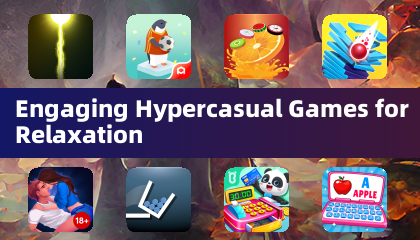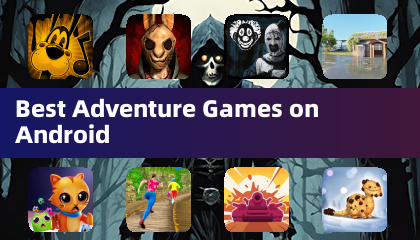In 2015, Don't Nod redefined interactive dramas with Life is Strange, a captivating tale of everyday moments, enduring friendship, and the passage of time. Players cherished its detail, its interactive world, and its impactful choices. While subsequent games explored different genres, none quite recaptured that initial magic.
Years later, Don't Nod returns to its roots with Lost Records, a coming-of-age story that transcends interactive cinema. It's a nostalgic ode to carefree youth, brimming with atmosphere, memorable characters, and unpredictable choices.
Table of Contents
- Friends Reunite to Uncover Secrets from the Past After 27 Years
- Choices Still Impact Surroundings, Dialogues, and Relationships
- Bloom & Rage Creates Beautifully Imperfect Characters
- A Town Worth Dreaming About
- Slow-Paced Plot: The Defining Feature of the Story
Friends Reunite to Uncover Secrets from the Past After 27 Years
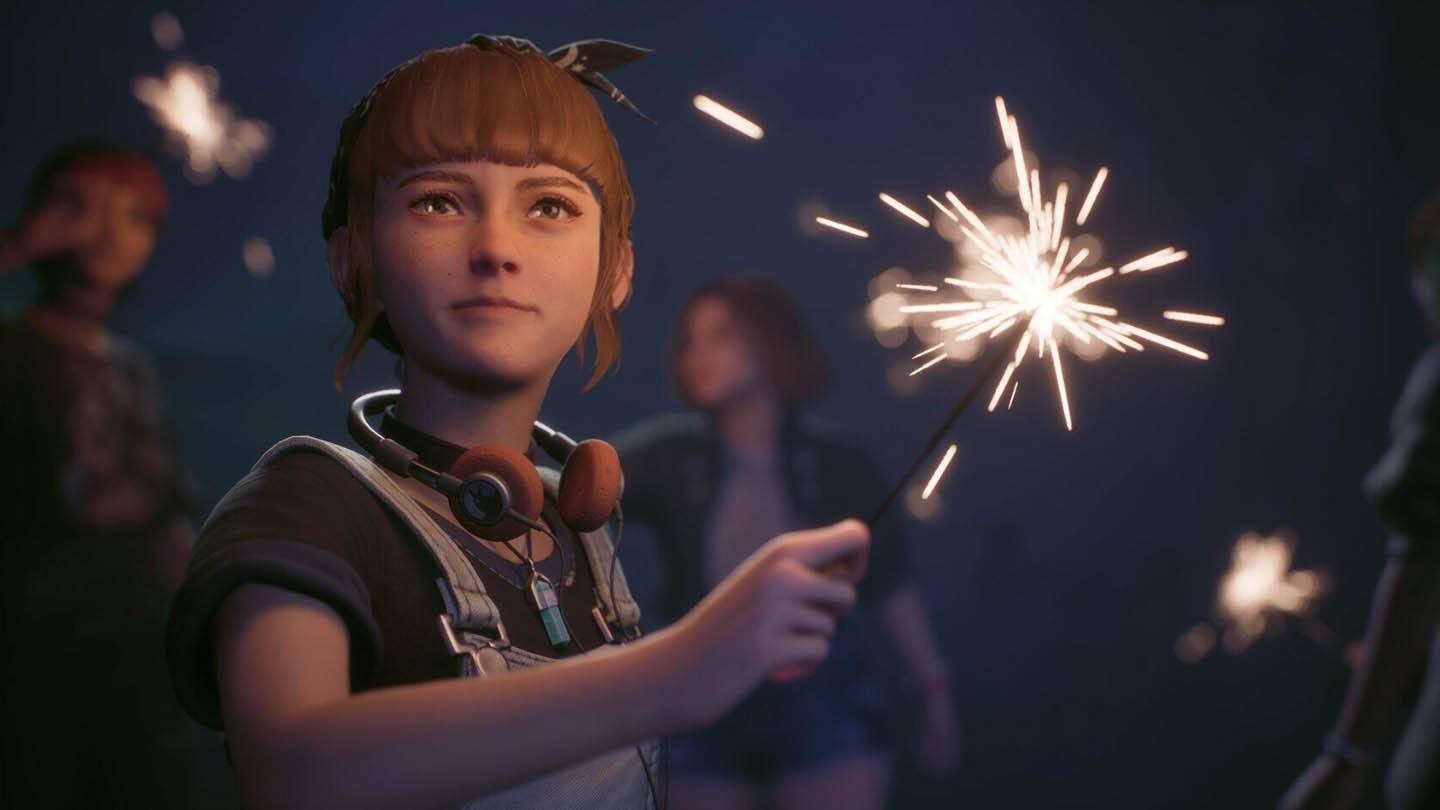
At the heart of Lost Records lies the story of four women whose friendship fractured 27 years prior. Protagonist Swan Holloway returns to her hometown, Velvet Bay, for a reunion, only to discover a mysterious package from the past. A forest, an abandoned house, and long-buried secrets—forgotten memories are resurrected. This is Bloom & Rage: a summer dream revisited.
The narrative unfolds across two timelines: 1995, a time of youthful exuberance, and 2022, where the now-forty-something friends grapple with the awkwardness of their fractured past. The first-person camera perspective accentuates this contrast. However, most gameplay occurs in the past, allowing players to explore vibrant locations, build relationships, and document events with a vintage HVS camera.
Video recording is a core mechanic. Like Max in Life is Strange, Swan films everything: graffiti, wildlife, people, even paranormal hints. Collected footage is edited into short films, categorized thematically, with Swan providing commentary. While these films appear in the story, they don't directly impact the plot.
Gameplay choices, however, do have consequences, both large and small. Currently, the long-term impact is somewhat limited due to the episodic nature and the narrative's central focus.
Choices Still Impact Surroundings, Dialogues, and Relationships
Lost Records delivers the interactivity and attention to detail expected from Don't Nod. For example, Swan might mention wanting ice cream from a nearby truck. Choosing to buy it or not affects subsequent conversations. Delaying the purchase means missing the truck, altering interactions.
The dynamic world enhances the experience. Dialogues unfold in real-time, reminiscent of Oxenfree and Telltale games: characters interrupt, change topics, and silence is an option. Sometimes, saying nothing is the wisest choice.
Relationship building is also a form of choice. You don't need to please everyone. Ignoring characters you dislike is perfectly acceptable. Swan's shyness allows for a gradual, organic connection.
Bloom & Rage Creates Beautifully Imperfect Characters
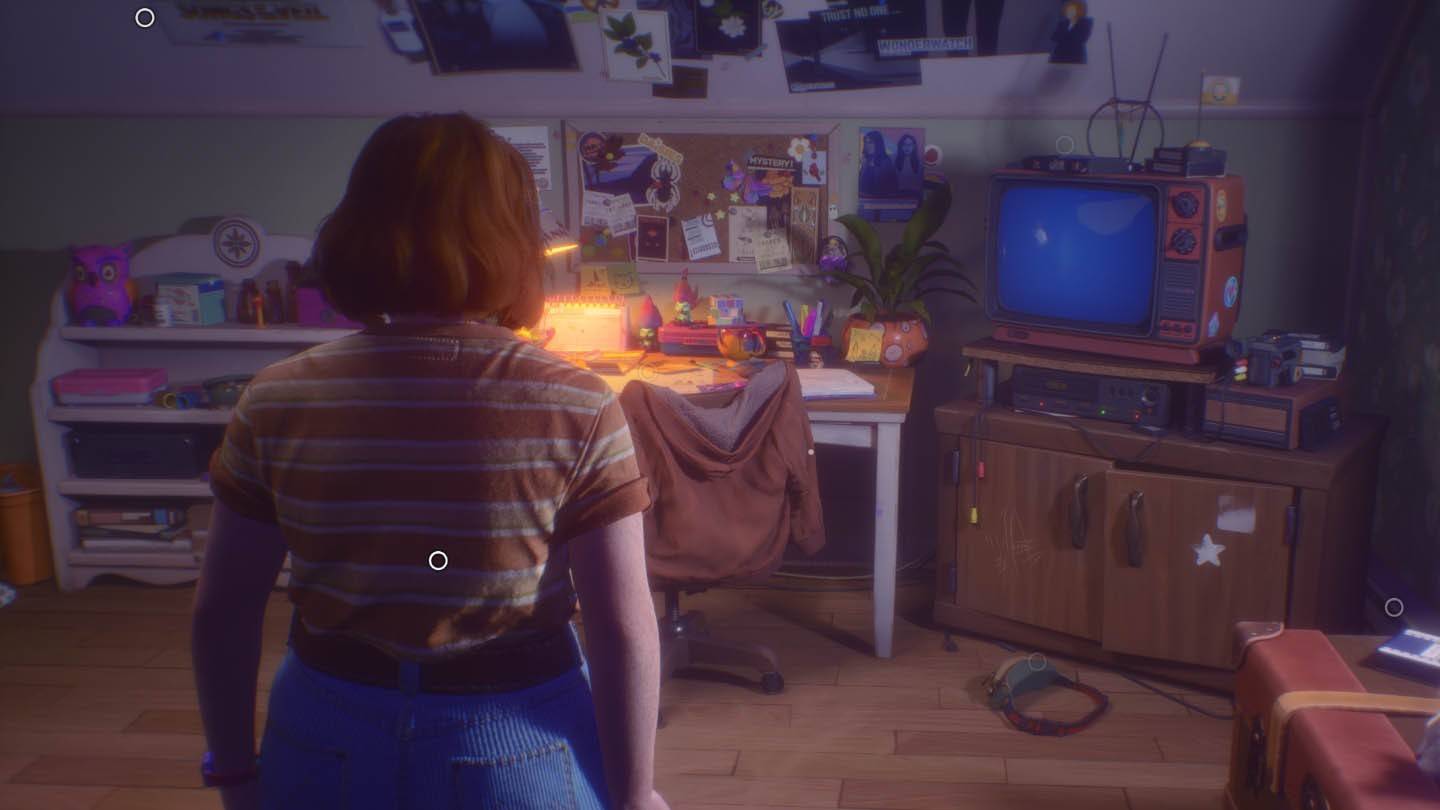
Don't Nod crafts authentic characters: loud, occasionally clumsy, yet undeniably sincere. Swan is a relatable 16-year-old, self-conscious and hiding behind her camera. While reminiscent of Max Caulfield, she avoids parody.
Her friends—Ottem, Kate, and Nora—embody familiar tropes without being confined by them. Nora, the punk with American dreams, is surprisingly cautious. Passionate writer Kate encourages boldness, while Ottem appreciates thoughtful individuals. The group evokes the self-assuredness (and naiveté) of adolescence.
A Town Worth Dreaming About
Nostalgia permeates Lost Records, especially Swan's room, filled with '90s artifacts: a bulky TV, floppy disks, Tamagotchis, and more. Every detail invites reflection.
Pop culture references abound: Sabrina, The X-Files, Tank Girl, and many more films, games (including Oxenfree, Night in the Woods, Control, and Life is Strange), books, and music (Nine Inch Nails, Nirvana). The plot's 27-year gap even references Stephen King's It.
The soundtrack is a standout. Dream-pop and indie-rock create a perfect atmosphere. Velvet Bay is a quintessential sleepy American town, cozy by day, chilling by night. Its exploration deepens the mystery.
Slow-Paced Plot: The Defining Feature of the Story
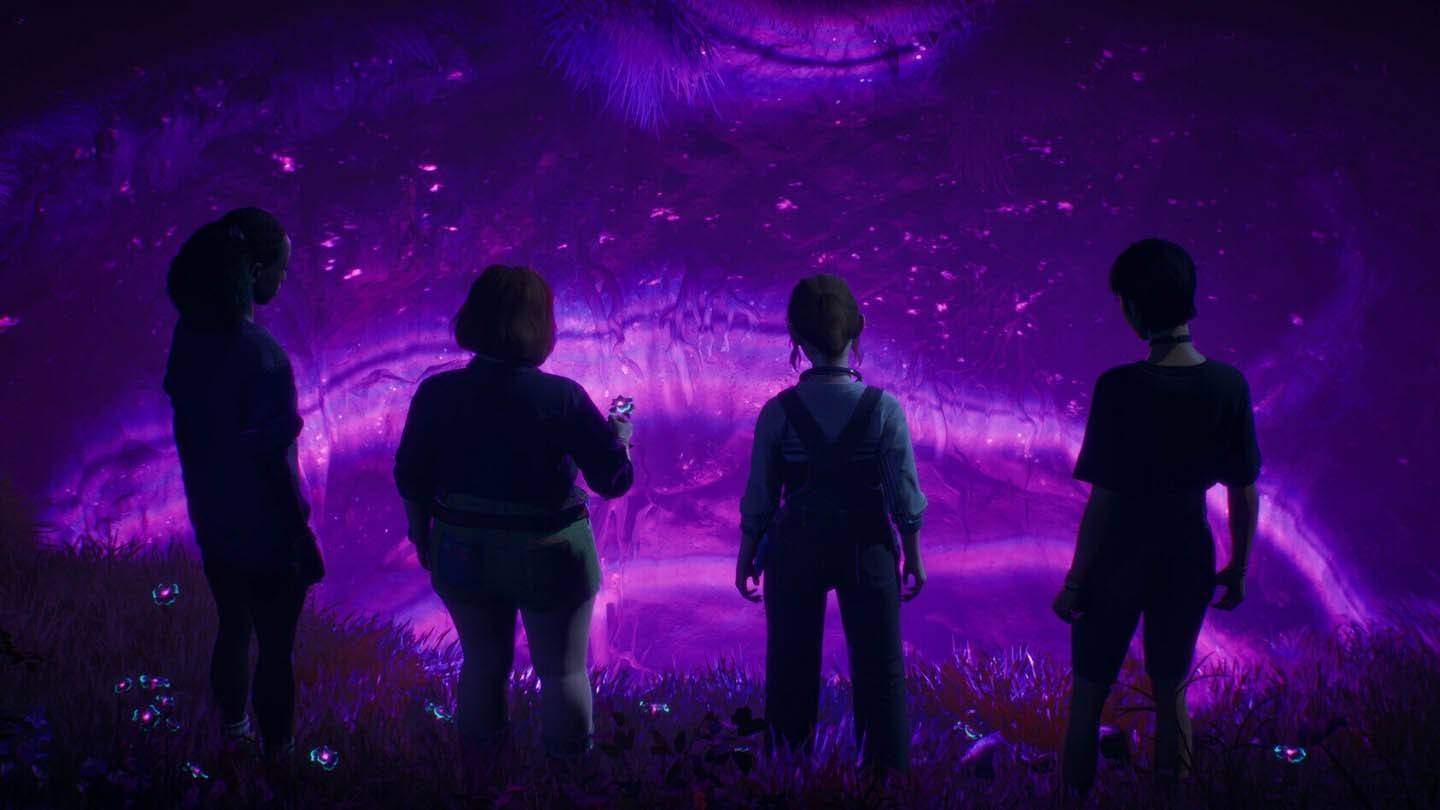
The slow pacing might not appeal to all, but it allows for character development and atmosphere before the mystery unfolds. Unlike Life is Strange's quicker transition to detective work, Lost Records prioritizes relationship building and the '90s vibe. The tension builds in the second half of the first episode, culminating in a powerful cliffhanger.
Lost Records: Bloom & Rage captures the essence of the '90s, offering relatable characters, engaging interactions, and a compelling narrative. Its full impact will be revealed upon the release of part two on April 15th.

